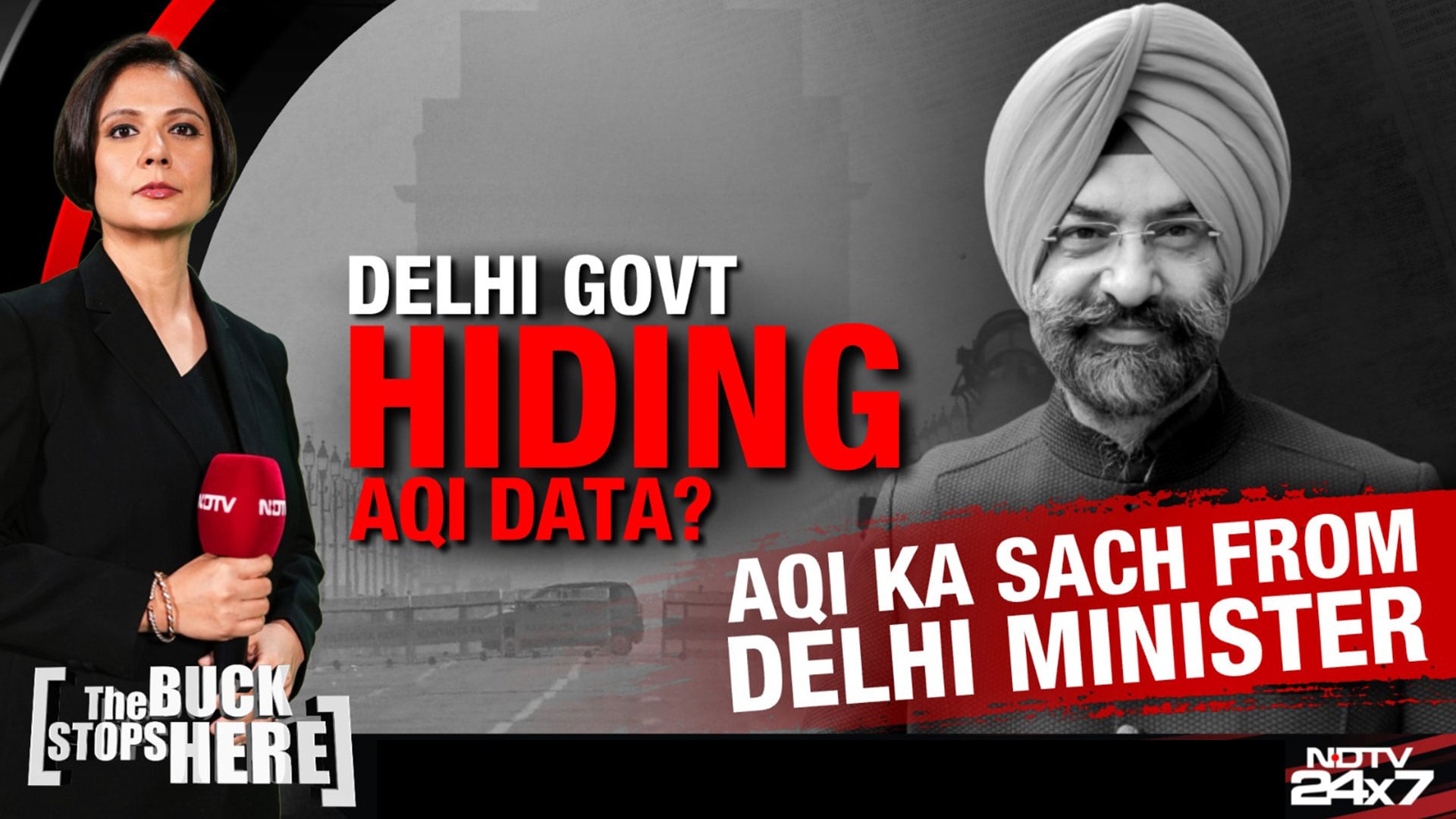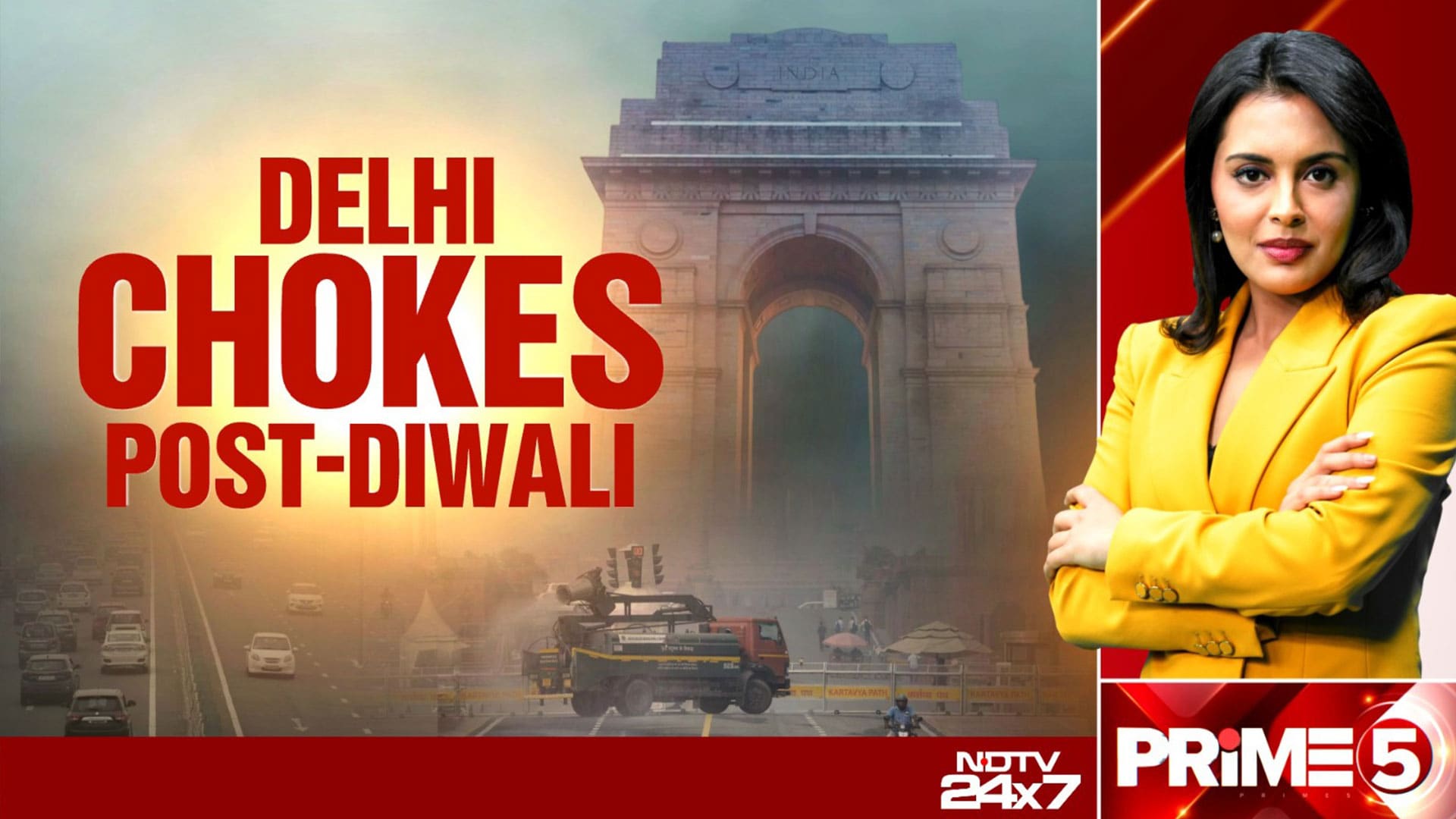- Home/
- Norway-Style E-Waste Processing Revolution Planned For Delhi
Norway-Style E-Waste Processing Revolution Planned For Delhi

Highlights
- Delhi plans an advanced e-waste plant at Holambi Kalan with near-zero environmental impact
- The facility will process 1.1 lakh metric tonnes annually, doubling original capacity plans
- Technology will mirror Norway's Revac plant, avoiding incineration and reducing air pollution
Delhi is gearing up to build one of India's most advanced e-waste processing facilities, and it's taking cues from Norway's cutting-edge model. The proposed plant at Holambi Kalan in North Delhi will be designed to handle double its originally planned capacity while aiming for near-zero environmental impact.
Environment and Industries Minister Manjinder Singh Sirsa recently toured the Revac facility in Revetal, Norway, one of Europe's largest e-waste plants, which processes 1.1 lakh metric tonnes annually without releasing untreated emissions. Officials say Delhi's facility will replicate key systems from Revac, but at twice the scale initially planned.
"Our goal is integrated progress, where clean industry fuels economic growth and safeguards the environment," Mr Sirsa told reporters.
How the Norway Model Works -- And What Delhi Plans To Take
At Revac, e-waste is dismantled using mechanical threshers and magnetic sorting systems, avoiding the need for incineration and dramatically reducing air pollution. A multi-stage scrubber system captures and neutralises airborne toxins before clean air is released.
Delhi's design will incorporate similar technology. Instead of unsealed floors, common in many Indian facilities, the site will have fully concretised surfaces to prevent toxic metals from leaching into the ground. In-house purification tanks will clean and reuse water, ensuring nothing flows into municipal drains or nearby soil.
Doubling Down On Capacity
Originally planned to process 51,000 metric tonnes a year, the Holambi Kalan plant will now be built for 1.1 lakh tonnes - matching Norway's capacity. This reflects Delhi's growing e-waste challenge: the city produces around 2 lakh tonnes annually, according to Central Pollution Control Board data.
Replacing Hazardous Backyard Recycling
Currently, most of Delhi's e-waste ends up in informal scrap yards, where crude dismantling and open burning release heavy metals, dioxins, and other hazardous substances into the environment. Key hotspots include industrial belts, scrap markets, and unregulated workshops.
The new facility is intended as a controlled, formal alternative to this hazardous chain, with third-party monitoring and regular compliance audits. Extracted materials such as aluminium, iron, and fuel-grade waste will be fed back into manufacturing cycles, maximising recovery while minimising residual waste.
A Step Towards Cleaner Cities
India is the third-largest e-waste generator in the world, and Delhi accounts for nearly 10% of the total. Officials hope the Holambi Kalan project will serve as a model for other Indian cities struggling with toxic electronic waste.
As Mr Sirsa put it, the challenge is to grow the industry without sacrificing public health: "I will not allow either environment or industry to suffer because of the other."
also read
'Green' Crackers Failed. Delhi Suffers Worst Post-Diwali Air In 5 Years
Reported by Shreya GhoshHealth Experts Warn Of Respiratory Risks Amid Worsening Post- Diwali Air Quality In Delhi
Asian News InternationalAAP Mocks Rekha Gupta Over Delhi Pollution, BJP Blames Citizens, Farm Fires
Edited by Manjiri Chitre
Latest Stories
- Reported by Shreya Ghosh | Tuesday October 21, 2025 , New Delhi
Despite a 77.5 per cent drop in stubble burning, i.e., agricultural waste - normally a significant reason for air pollution in Delhi during the winter - AQI in the national capital plummeted to a five-year post-Diwali low Tuesday morning.
- Written by Vaishali Kapila , Edited by Neha Grover | Tuesday October 21, 2025
Nutritionist Lovneet Batra has shared a simple Ayurvedic drink on Instagram that, she says, may help soothe the respiratory tract and protect the lungs from pollution damage.
- Asian News International | Tuesday October 21, 2025
The festive season, coupled with seasonal weather changes and increased stubble burning in neighbouring states, has exacerbated pollution levels, prompting calls for preventive measures.
- Written by Tanmaya Kothari , Edited by Shubham Bhatnagar | Tuesday October 21, 2025
As Delhi's air quality drops again, these 11 hill stations offer clean air, calm views and mountain peace after Diwali.
- Edited by Manjiri Chitre | Tuesday October 21, 2025 , New Delhi
AAP MLA Gopal Rai accused the Delhi government of "making excuses" and not taking action to prevent the pollution.
................................ Advertisement ................................
Latest Videos
Opinion
Opinion | Why Indians Have Just Given Up On Air Pollution CrisisTanushree Ganguly
Friday December 20, 2024While some may argue that people in Delhi are now more aware of air pollution than they were a decade back, my rebuttal would be that awareness does not mean that people are concerned.
Opinion | You Must Outrage Over Filthy Air More Than Once A YearJyoti Pande Lavakare
Tuesday December 10, 2024Delhi welcomed us with monsoon rains and mangos. We were home. Fast forward a couple of years, in the winter of 2012, I found myself in denial about something other parents, mostly expats, were calling toxic air.
Opinion | Delhi's Air Pollution Situation Is Like A Bad MarriageNishtha Gautam
Friday November 22, 2024On a good day, such as today, the AQI reading in Delhi is 407. We are jubilant at the sickly sunshine trickling through the slightly dissipated smog. At least its not 1600.
दिवाली... पराली... सियासी जुगाली!Ashwini kumar
Monday November 18, 2024दिल्ली-एनसीआर में प्रदूषण का समाधान तो आज तक मिला नहीं. हर साल चिंतित होकर हम-आप सांसों की तकलीफ के साथ-साथ दिल और ब्लड प्रेशर के मरीज भी क्यों बनें?
घर में कैद बुजुर्ग और हांफते लोग, दिल्ली की सांसों में घुला ये कैसा रोग?Nidhi Kulpati
Friday November 08, 2024हमारी हवा जहरीली हो रही है. गुरुवार की शाम को जब मैं इस मुद्दे पर लिखने बैठी तो AQI लगातार 400 पार जाकर दम घोंट रहा था. बहुत लोगों को यह मामला बोरिंग लगे, लेकिन जब आप अपने साथ काम करने वालों को खांसते-हांफते देखते-सुनते हैं, तो चिंता होने लगती है. सुबह उठते ही दरवाजे खिड़कियां खोलने के लिए डॉक्टर मना कर रहे हैं. बड़े बुजुर्गों के लिए तो मॉर्निंग वॉक बाहर की दुनिया से सीधे संपर्क का ज़रिया है, लेकिन डॉक्टर इसकी भी मनाही कर रहे हैं.


















